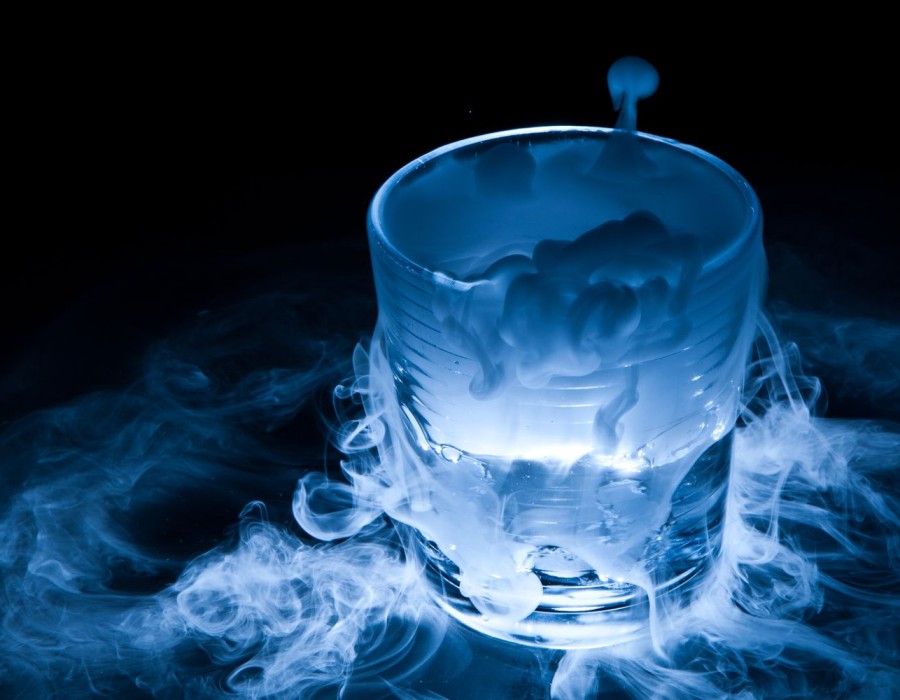What is the primary raw material used in the production of dry ice?

The primary raw material used in the production of dry ice is carbon dioxide (CO₂). This CO₂ is often sourced from industrial processes where it is a byproduct, such as ammonia production, fermentation, and natural gas processing. Here’s an overview of how carbon dioxide is used to produce dry ice:
- Source of Carbon Dioxide: Industrial processes, such as the fermentation of alcohol, production of ammonia, and the refining of natural gas, generate large amounts of carbon dioxide as a byproduct.
- Purification: The captured carbon dioxide undergoes a purification process to remove impurities and contaminants. This is crucial because high-purity CO₂ ensures that the resulting dry ice is suitable for various applications, including food preservation, medical uses, and scientific research.
- Liquefaction: After purification, the carbon dioxide gas is compressed and cooled to transform it into a liquid state. This liquefied CO₂ is easier to store and transport and is the starting point for dry ice production.
- Production Process: The liquid carbon dioxide is then expanded rapidly in a controlled environment. This rapid expansion causes the temperature to drop dramatically, and the CO₂ solidifies into a snow-like form.
- Compression and Molding: The CO₂ snow is collected and compressed into the desired shapes and sizes, such as pellets, blocks, or slices. Specialized machinery, such as pelletizers and block presses, are used to mold the dry ice into these forms.
- Storage and Distribution: Once formed, the dry ice is stored in insulated containers to prevent sublimation back into CO₂ gas. It is then distributed to various industries and customers who use it for refrigeration, transportation of perishables, cleaning, and other purposes.
Created by: Salasar Carbonics
Recommended





Comments